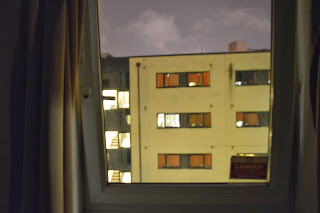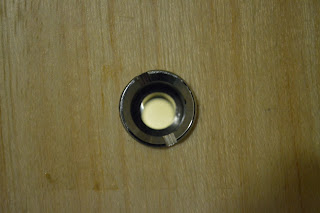After our
crit. session last Thursday (14/11/13), we received some very useful feedback
from the rest of the seminar group on our idea as well as initial first cut of
our audio project. We are aware after listening to our sound piece through
speakers that it sounds quite different to when we had previously listened back
to it, and that our main development at the moment needs to be
focused upon coming up with solutions as to how we can clearly
communicate to the listener the idea behind the piece, which is to be
taken through a lifetime of memories in a 'flashing before your eyes' sense
through the use of audio .
Some useful
feedback that we received suggested possible ideas as to how we could show the
development of the different stages of a lifetime in such a short amount
of time. With this in mind, we have begun to further work
upon the idea of showing weakness from the suggestion below, and
a deteriorating state of mind.
Another piece of useful feedback
that we received was the idea of including sounds associated with achievements
throughout a lifetime, which would help the listener to establish that our
piece is a journey through different memories within different stages of a
lifetime.
With this in mind, I have created a list of the different stages of growing up, and some possible sounds that we could gather which are associated with each of these stages. I found this feedback session very helpful towards the development of our idea, as the concept seems a lot more simplified and easier to work with now, and the feedback received has helped us to explore further areas around how we can go about communicating our idea to our audience.








